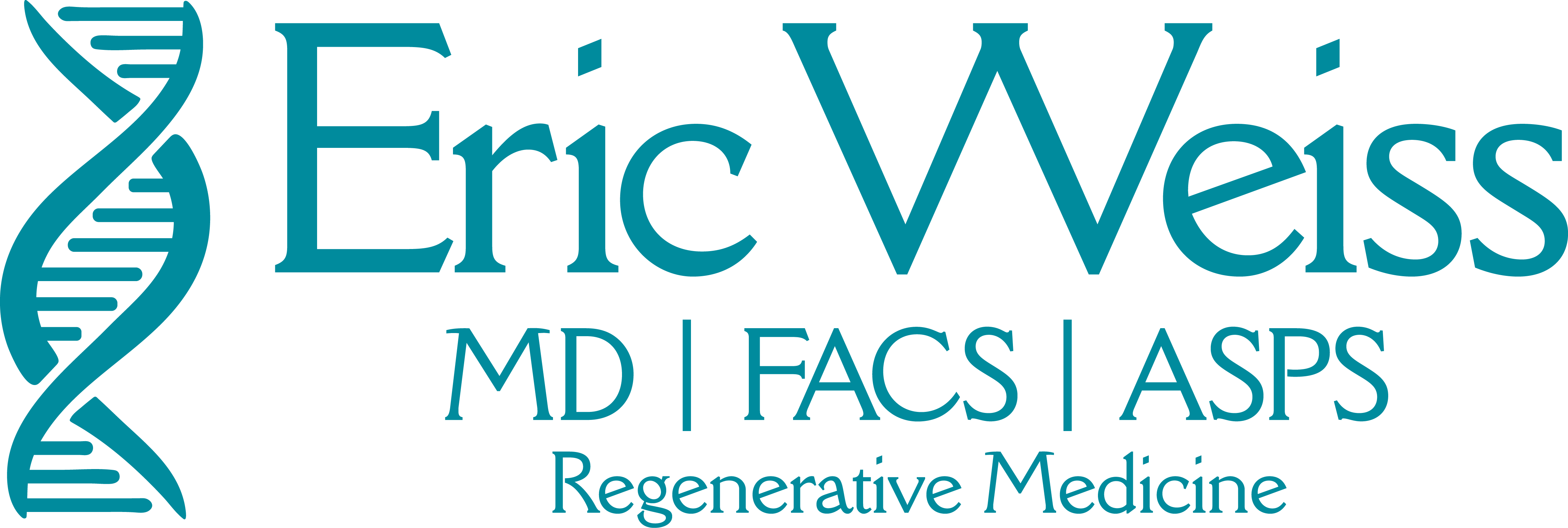Dr. Weiss chose a leading biotech company focused on obtaining, preserving, and isolating stem cells to manufacture innovative cord blood tissue and cord blood products. The company’s proprietary technology is changing the common practice that most umbilical cords should be disposed of; rather, cord blood and tissue should be utilized as products for healing medical therapies and treatments.
What are these cells?
Umbilical cord stem cells are living cells that are “transplanted” into the patient. It’s imperative to understand that to be beneficial, the cells must be alive. The industry standard for living cells at the time of infusion (transplantation) is between 40-60%. With the proprietary technology, viability is over 95% – another reason Dr. Weiss chose the company. It’s important to know that they have developed the industry’s gold standard of best practices for the viability of cells we use in our therapies and treatments. Their products are fresh and delivered directly to North Florida Stem Cells.
The company is creating and developing new paths to therapy and making these cells available to physicians to manage pain and, in certain cases, heal medical conditions successfully. Dr. Weiss carefully reviewed and researched multiple labs that provide umbilical cord blood stem cells. He chooses them because of:
- Quality control
- Quality assurance
- Donor eligibility
- FDA Compliance
- Ethical Management
What are the eligibility criteria for a donor?
- A donor is eligible to donate tissue for transplantation based on the eligibility criteria:
- A prescreen review of medical history through the mother, father, and grandparents’ medical records
- Evaluation of prenatal tests
- Physical assessment
- Behavior risk assessment
- Review of blood test results
- Communicable disease test results
- Blood sample test results along with information from other records or sources pertaining to donor suitability and evaluation by a Medical Director
Discussions with physicians and/or the donor mother are conducted to identify conditions that may result in the exclusion of the donor or donated tissue. This information is used to determine that the donor suitability criteria at the time of tissue recovery have been met, and the tissue is acceptable for transplantation.
